I was supposed to have three more days interning at University of Houston; however, with Hurricane Beryl storming its way through Houston and neighboring areas, I was only able to spend my last day, June 10th, working in the lab.
I tried one final experiment to see if I could properly etch bare gold away without corroding the stamped side. For this final experiment, I followed this procedure:
- Prepare a 1 M KOH and 0.5 M KCN solution
- Measure out 5 mL of each solution, mixing the two together
- In a glass petri dish, measure out 10 mL of water and pour that into a beaker
- Set the beaker with the 10 mL of water on a hot plate until achieving an average temperature of 54-58 degrees Celsius (set “heat” at “1” on hot plate)
- Pour the 10 mL solution of KOH/KCN into the empty glass petri dish
- Put glass petri dish on the hot plate and wait until acquiring the average 54-58 degrees Celsius (“1”) temperature
- Then add stamped gold into heated solution making sure it’s fully emerged in the solution
From my results, I found that increasing the temperature decreases the etching time and etching on stamped side.
Below is a time lapse of the gold sample that followed the procedure above and compared to a gold sample kept at a lower temperature.
Left sample followed the procedure above and right sample was kept at 30 degrees Celsius for one hour and fourteen minutes. We can interpret that as temperature is increased, etching improves.
As for the damage done by Hurricane Beryl, trees were laid out everywhere throughout campus, stop signs were down, and flooding occurred. The ceiling in the only place open to eat caved in. During my time there, a total of eleven deaths were reported. Nine in Mexico and two in Houston. With power outages not being fixed throughout Texas, those two deaths climbed to at least 36 deaths…most of those being from suffering in extreme heat conditions.
Some of the damage done by Hurricane Beryl farther in the city:
My roommate had left a day before the hurricane hit, so I was in my dorm room all by myself. Luckily, Beryl, a friendly snail that visited me, was able to keep my company!
Many thank yous to Sarah Holbrooke and her team at the Pinhead Institute for giving me this incredible opportunity and journey. Thank you to my grad student, Elora Zucha, and Professor Steven Baldelli for all the help in contributing to this internship. I appreciate everyone sincerely!

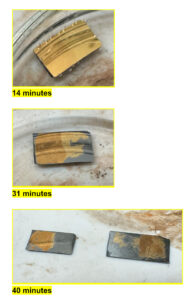
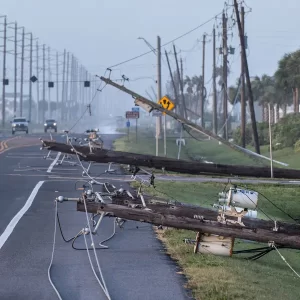
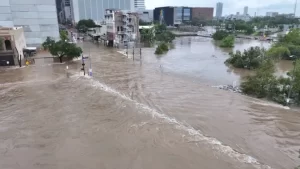
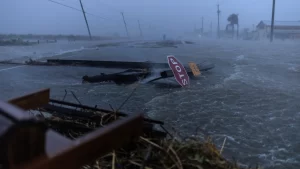
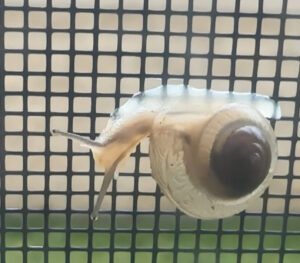
There are no comments published yet.